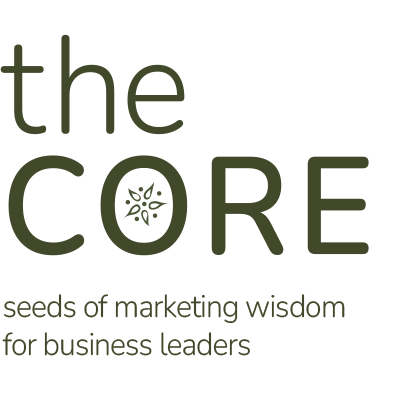We Know
Marketing
We Know
Marketing
Tools, Ideas, and Resources
Our team is made up of industry leaders with ample experience in monitoring marketing trends and managing growth. The expertise of our team ranges from PR, social media, digital, web, reputation management, email marketing, paid search, project management, client relations, and more.
Explore our Recent Articles

Customer
Testimonials
President & Founder
Green Apple has been a helpful partner as we’ve launched our platform, learned together, and adjusted to help more patients and their families through CaringWays. It’s evident their team cares about our mission, which makes our work together easy and enjoyable.
Kristi Morrow
CaringWays
COO
Green Apple has successfully implemented various strategies and projects that have both increased our brand recognition and directly driven business to our organization. Our dedicated Green Apple team is knowledgeable in what they do, produces quality work on time, and is flexible in pivoting to our ever-changing priorities. We’ve been very happy with the results of our relationship together and would highly recommend their service.
Charlie Kunberger
ATECH
CEO
Samantha and her team at Green Apple Strategy will treat your company like their own. They will take the time to get to know who your Company is, what it stands for, and who you are, personally.
I'm very grateful to work with the team, each member specializing in a different marketing and communication segment.
I highly recommend partnering with Green Apple Strategy for all marketing strategy
Kathleen Maxwell
Maxwell Roofing
Marketing Manager
The Green Apple team is a trusted partner in our marketing activities and goals. Their team of experts consistently works to exceed our expectations to provide insightful solutions to engage and connect with families. We are grateful for their hard work and dedication.
Joy Haynes
The Gardner School
Practice Leader
Sam and the Green Apple team have worked hard to learn our business and help us develop a strategy to best represent our company to our clients. They are professional, responsive, and creative — the perfect combination for a marketing partner!
Mark Burnette
LBMC Advisory Services











